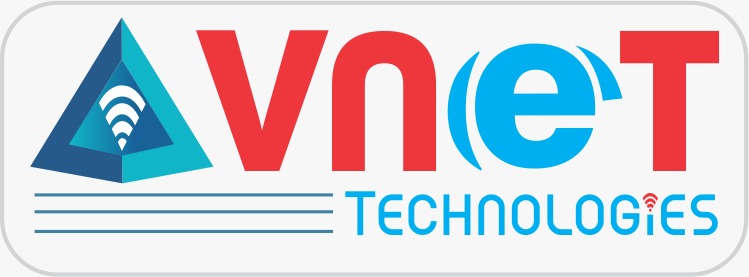
Machine Learning (ML) and Deep Learning (DL) are two fundamental branches of artificial intelligence (AI) that often get used interchangeably. However, they have distinct differences in their approach, complexity, and applications. Understanding these differences is essential for selecting the right technology for various AI-driven tasks.
What is Machine Learning?
Machine Learning is a subset of AI that enables computers to learn patterns from data and make decisions or predictions without being explicitly programmed. ML algorithms rely on structured data and require human intervention for feature engineering, model selection, and parameter tuning.
Types of Machine Learning:
- Supervised Learning: Models are trained on labeled data (e.g., classification, regression).
- Unsupervised Learning: Models find patterns in unlabeled data (e.g., clustering, anomaly detection).
- Reinforcement Learning: Models learn through trial and error based on rewards (e.g., robotics, game AI).
What is Deep Learning?
Deep Learning is a subset of Machine Learning that uses artificial neural networks with multiple layers (deep neural networks) to process complex data. Unlike ML, DL models automatically extract features, reducing the need for manual feature engineering.
Key Features of Deep Learning:
- Requires large datasets for training.
- Uses artificial neural networks with multiple hidden layers.
- Demands high computational power (GPUs, TPUs).
- Excels in tasks involving images, speech, and natural language processing (NLP).
Key Differences Between Machine Learning and Deep Learning
Aspect | Machine Learning | Deep Learning |
Definition | A subset of AI that learns from data patterns to make predictions. | A subset of ML that uses neural networks for feature learning and decision-making. |
Feature Engineering | Requires manual feature selection. | Automatically extracts features. |
Complexity | Less complex, suitable for structured data. | Highly complex, ideal for unstructured data. |
Data Dependency | Works well with small to medium datasets. | Requires large datasets for effective training. |
Computational Power | Can run on standard CPUs. | Requires high-end GPUs/TPUs. |
Interpretability | More interpretable and explainable. | Often seen as a “black box” due to complex architectures. |
Applications | Fraud detection, recommendation systems, predictive analytics. | Image recognition, NLP, autonomous vehicles, speech recognition. |
When to Use Machine Learning vs. Deep Learning
- Use Machine Learning when you have structured data, limited computing resources, and need a more interpretable model (e.g., decision trees, random forests, SVMs).
- Use Deep Learning when dealing with large datasets, complex problems like image/speech recognition, and have access to powerful hardware (e.g., CNNs for images, RNNs for NLP).
Conclusion
While both Machine Learning and Deep Learning are powerful AI techniques, their use cases depend on the complexity of the problem, dataset size, and computational resources available. ML is a great choice for structured, smaller datasets, while DL is ideal for deep pattern recognition in large-scale unstructured data. Understanding these differences can help organizations and researchers choose the right approach for their AI applications.
